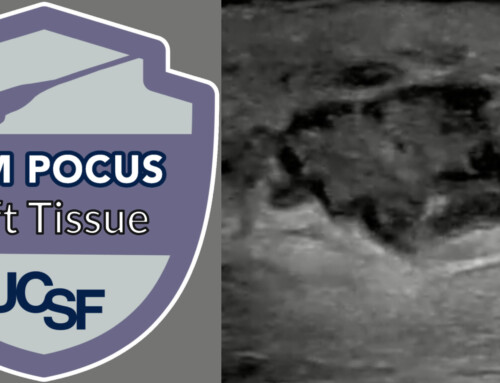
What is the most common primary cause of death from ingesting the pictured marine animal?
- Acute liver failure
- Acute renal failure
- Coagulopathy and DIC
- Respiratory failure
- Status epilepticus
[Image from Canstockphoto]
References
- Lago J, Rodríguez LP, Blanco L, Vieites JM, Cabado AG. Tetrodotoxin, an Extremely Potent Marine Neurotoxin: Distribution, Toxicity, Origin and Therapeutical Uses. Marine Drugs. 2015;13(10):6384-6406. PMID: 26492253.
- Hassoun AER, Ujević I, Jemaa S et al. Concentrations of Tetrodotoxin (TTX) and Its Analogue 4,9-Anhydro TTX in Different Tissues of the Silver-Cheeked Pufferfish Caught in the South-Eastern Mediterranean Sea, Lebanon. Toxins (Basel). 2022 Feb 8;14(2):123. PMID: 35202150
- Lee CH, Ruben PC. Interaction between voltage-gated sodium channels and the neurotoxin, tetrodotoxin. Channels (Austin). 2008;2(6):407-412. doi:10.4161/chan.2.6.7429. PMID: 19098433.
- Kotipoyina HR, Kong EL, Warrington SJ. Tetrodotoxin Toxicity. In: StatPearls. Treasure Island (FL): StatPearls Publishing; August 8, 2022. PMID: 29939536.
- Katikou P, Gokbulut C, Kosker AR, Campàs M, Ozogul F. An Updated Review of Tetrodotoxin and Its Peculiarities. Marine Drugs. 2022;20(1):47. doi:10.3390/md20010047. PMID: 35049902.
- Alhatali B, Al Lawatia S, Khamis F, Kantur S, Al-Abri S, Kapil V, Thomas J, Johnson R, Hamelin EI, Coleman RM, Kazzi Z. A cluster of tetrodotoxin poisoning in Oman. Clin Toxicol (Phila). 2022 Feb;60(2):262-266. PMID: 33913398.
- Al-Sulaimani S, Titelbaum NV, Ward RE, Zahran TE, Chalhoub S, Kazzi Z. Case Report of Tetrodotoxin Poisoning from Lagocephalus sceleratus in Lebanon. Int J Environ Res Public Health. 2022 Nov 8;19(22):146-8. PMID: 36429360
- Bane V, Lehane M, Dikshit M, O’Riordan A, Furey A. Tetrodotoxin: Chemistry, toxicity, source, distribution and detection. Toxins. 2014;6:693–755.PMID: 24566728.
- Chowdhury FR, Nazmul Ahasan HA, Mamunur Rashid AK, Al Mamun A, Khaliduzzaman SM. Tetrodotoxin poisoning: a clinical analysis, role of neostigmine and short-term outcome of 53 cases. Singapore Med J. 2007;48(9):830-833. PMID: 17728964.
- Liu SH, Tseng CY, Lin CC. Is neostigmine effective in severe pufferfish-associated tetrodotoxin poisoning?. Clin Toxicol (Phila). 2015;53(1):13-21. doi:10.3109/15563650.2014.980581. PMID: 25410493.
- How CK, Chern CH, Huang YC, Wang LM, Lee CH. Tetrodotoxin poisoning. Am J Emerg Med. 2003;21(1):51-54. doi:10.1053/ajem.2003.50008. PMID: 12563582.
- Shebl E, Mirabile VS, Sankari A, Burns B. Respiratory Failure. In: StatPearls. Treasure Island (FL): StatPearls Publishing; November 3, 2022. PMID: 30252383.






